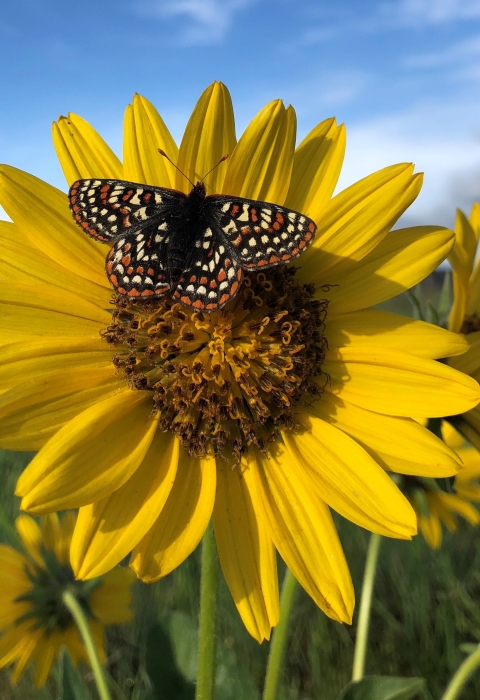OLYMPIA, WA – The U.S. Fish & Wildlife Service (Service) put its final stamp of approval on Thurston County Government’s plan to locally issue building permits for projects that affect Endangered Species Act (ESA) protected animals, including the Mazama pocket gopher, in unincorporated areas of the Washington county.
This federal approval means the Service has issued a 30-year Incidental Take Permit to Thurston County, clearing the way for the county to implement its Habitat Conservation Plan in 2023.
“This is more than a regulatory milestone,” said Thurston County Commission Chair, Carolina Mejia. “The HCP is a community achievement. Building homes, schools, and roads under the ESA rules will now be more affordable, and county conservation efforts will be better. I’m thankful for our federal and county staff, community members, and elected officials for working together on this extremely complex topic.”
County officials say much of the work to ensure smooth implementation of the plan is already in progress. County codes are being updated, and permitting processes are being retooled. And now that the HCP has federal approval, more set up work can move forward. Habitat management plans and personnel can be put in place, mitigation land can be acquired, and reporting systems can be created.
Thurston County developed its HCP with the Service in order to support economic development and conservation of native wildlife in response to the listing of Mazama pocket gopher subspecies and other animals under the ESA
Once implemented, Thurston County’s HCP will streamline local permitting and reduce regulatory burdens. Projects that affect covered species will no longer need separate federal permits in addition to county permits.
The HCP will also improve the local conservation so it is conducted in a manner consistent with the ESA. It proposes the creation of a network of large, connected, professionally managed habitat sites that will support the recovery of these species. This method will shift the burden of habitat improvement from the individual permit applicant to the county government.
HCPs are one of the many tools under the ESA that promote strong partnerships with landowners on behalf of conserving listed species on private and non-federal lands. Public comment was received at multiple points during the development of Thurston County’s plan, including during a scoping period in 2020 and again on a draft Environmental Impact Statement in the fall of 2021. Public meetings were also held jointly with the Service and Thurston County to answer questions from the public.
"We are thrilled to reach this point in our collaboration with Thurston County,” said Brad Thompson, State Supervisor with the U.S. Fish and Wildlife Service. “Years of hard work have gone into the development of this plan and we’re looking forward to this new chapter in our partnership, one that both protects imperiled species and supports economic growth in the county.”
Species covered under the Thurston County HCP include three subspecies of Mazama pocket gopher, Oregon spotted frog, Taylor’s checkerspot butterfly, and the Oregon vesper sparrow.
More information on the Thurston County Habitat Conservation Plan is available at www.ThurstonHCP.org
Learn more about the conservation of prairies in western Washington



